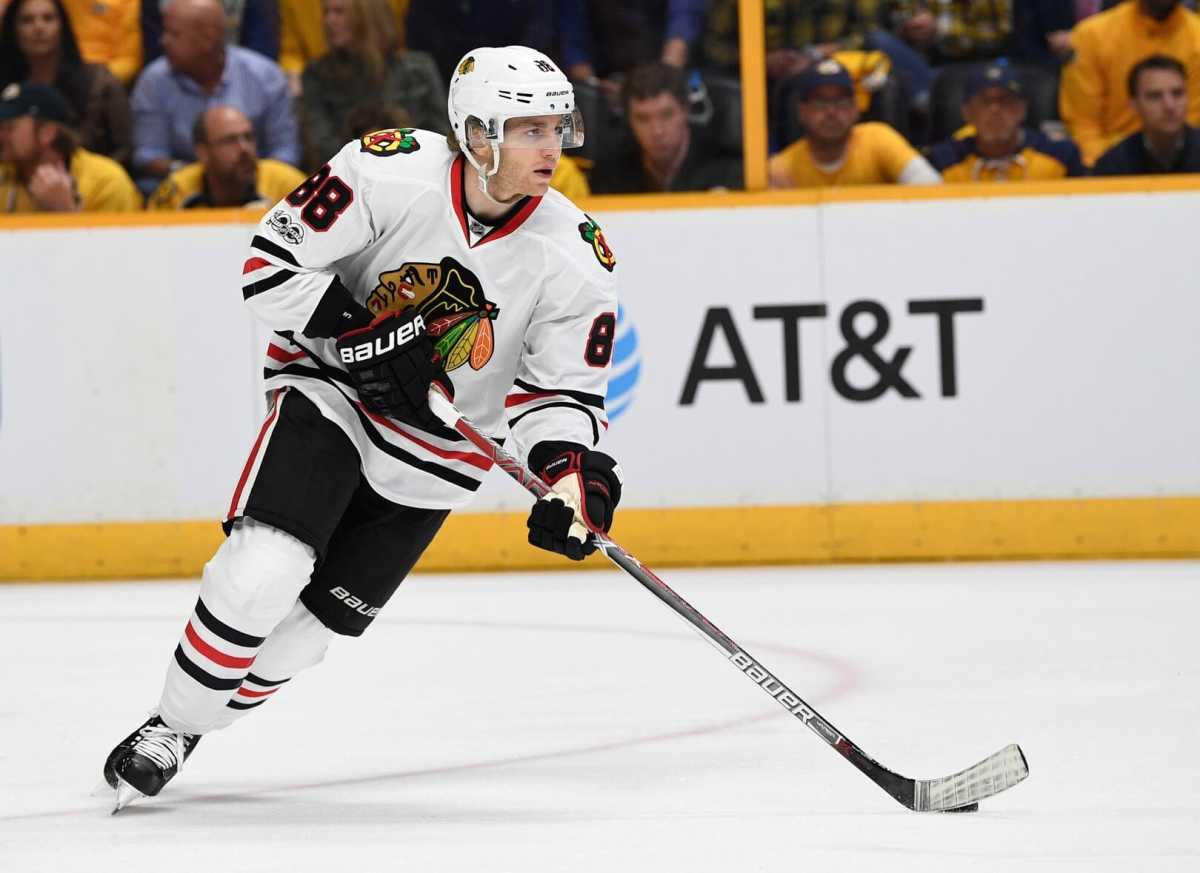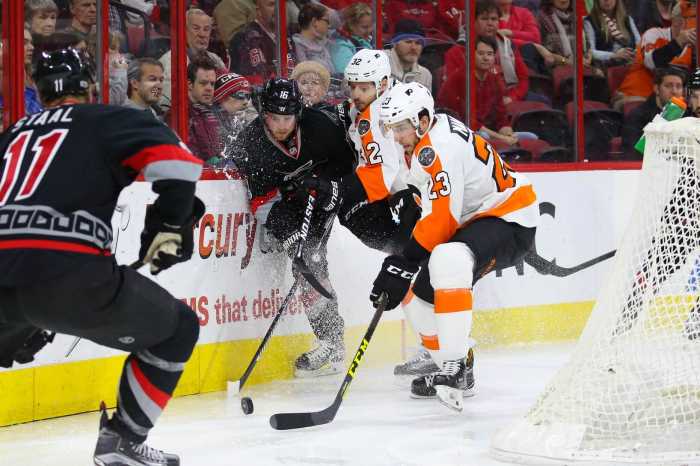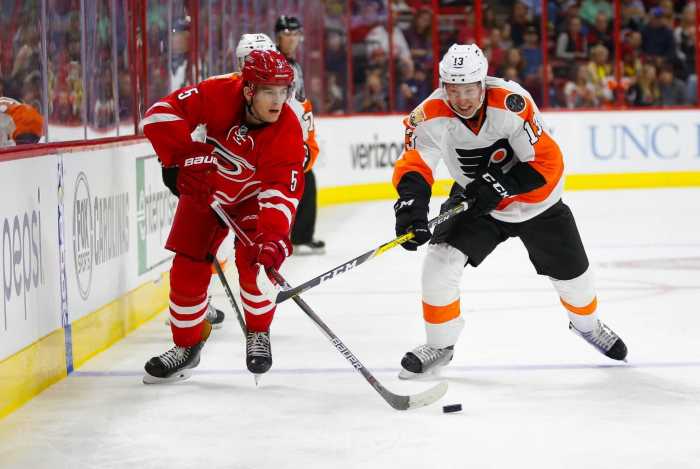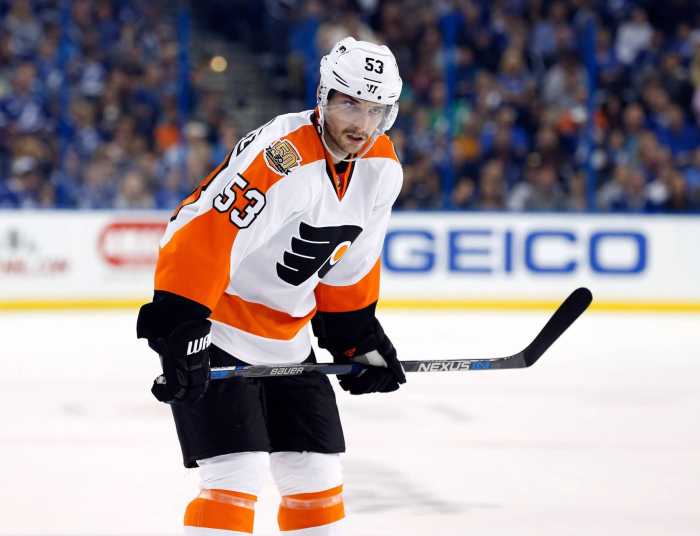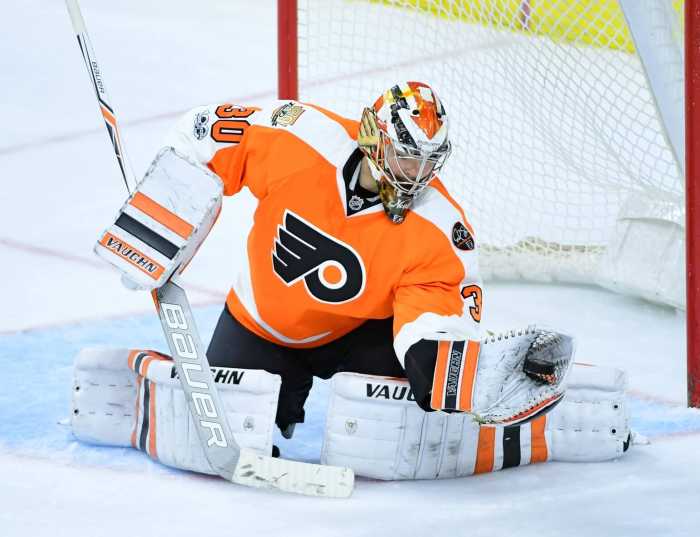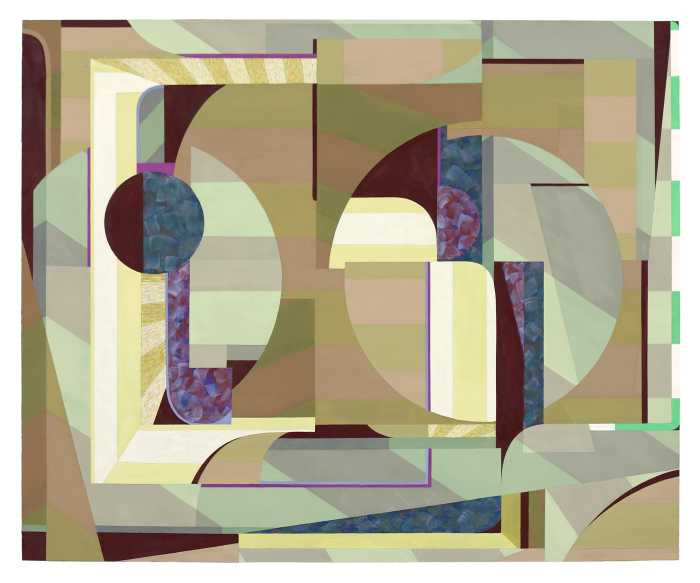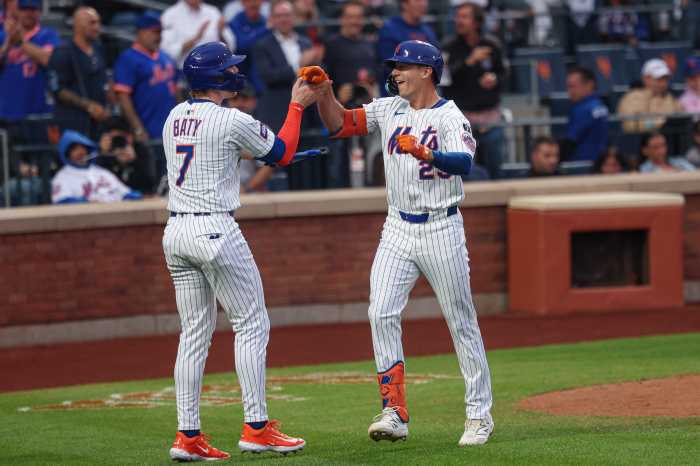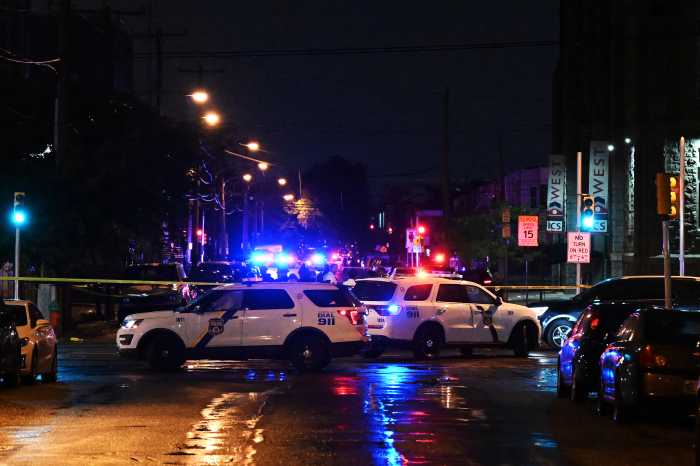The year is 2007. The Flyers are gearing up for the entry draft with their eyes set on one of two potential franchise stars. You have Patrick Kane, standout star for the London Knights of the Ontario Hockey League. Kane is coming off of a season where he amassed 145 points and claimed the league’s scoring title. On the other hand, you have University of New Hampshire star James Van Reimsdyk. Two American-born hockey players with an immense amount of talent between them, and they went 1-2 in the draft.
Patrick Kane was taken first overall that year by the Chicago Blackhawks. Subsequently, the Flyers took Van Reimsdyk at two. Patrick Kane went on to have an incredible, and still going, career with three Stanley Cups and a Conn Smythe to his name. JVR, on the other hand, not so much. What went wrong? Surely it wasn’t the supporting cast. Although Kane benefitted from players like Johnathan Toews, Marian Hossa, and Patrick Sharp being at his side, it’s not like JVR had any slouches either. He was paired with Claude Giroux, Jaromir Jagr, Mike Richards, the list goes on. He had some great talent around him as well.
It’s hard to imagine, but what if the Flyers had that number one pick in 2007. What if Number 88 was donning orange and black while 21 was in black and red? What if Patrick Kane were a Flyer and James Van Reimsdyk a Blackhawk?
Let’s start with the concrete. Over his career in the NHL, Patty Kane has tallied 285 goals and 467 assists for a total of 752 points in 10 NHL seasons. He is averaging over a point a game. James Van Reimsdyk has 165 goals and 174 assists for a total of 339 points in 528 NHL games. Not nearly the numbers Kane has put up. Now, could you expect Kane to put up the numbers he did in Chicago with the Flyers? Of course not. His supporting cast was stronger. Could you at least expect him to contribute around the same amount of points? Most likely yes. On the flip side, could you expect JVR to put up the numbers he did in Philly with the Blackhawks? I think so. He would have the talent around to enable him to put up those points, and then some.
What it all boils down to is the team. Chicago was hitting it’s stride and becoming the dynasty that it became right around 2009-2010. Their young, talented roster was starting to click into place, and proved in the coming years that guys like Toews, Kane, Sharp, Keith and cast were the real deal, and they were a force to be reckoned with for years to come. The Flyers, on the other hand, were coming off of a few rough seasons, barely making it into the 2010 Stanley Cup playoffs, let alone the finals. Claude Giroux, the franchise guy now, was a third line guy then. He was paired with Arron Asham, of all people, and James Van Riemsdyk. The Flyers core at the time were Mike Richards, Jeff Carter, Chris Pronger, and that was about it. They were by no means the elite talent sitting at the top of the NHL, but they did what they needed to do to get the job done. All in all, Chicago had the talent on both ends of the ice. Philadelphia didn’t.
So what happens when back in that fateful day in 2007, the Blackhawks choose JVR instead of Kane? Honestly, for the Blackhawks, not too much changes. For the Flyers, things get very interesting. What you see is the Blackhawks getting worse. Now by worse, I don’t mean exponentially worse. I mean you still have a quality, quality forward worthy of top line minutes, and a bigger body than Kane to help protect Johnathan Toews. What the Flyers get is a more dynamic forward to put on the top line with Carter and Richards, or even replace Hartnell or Leino on that second line. It adds more depth to their lineup as well, and for years to come, you have a guy that averages 75 points a year.
What about team success? Do the Blackhawks still achieve the accolades they did? Do the Flyers sneak away with the 2010 Stanley Cup instead of Chicago? On paper, Kane nearly doubles JVR’s stat output per year. When you take that into account, you still don’t have a Flyers Stanley Cup in 2010. Goaltending folks. Michael Leighton is not a great goalie. The defense in front of him wasn’t the greatest either. When Niemi got hot, he had a stellar defense in front of him, sort of like an insurance policy. Even in 2013 and 2015, the Blackhawks still win the Stanley Cup. The proving factor is still their defense. No, JVR is not Patrick Kane. He never was, and never will be. Given the situation in Chicago, however, JVR would have been able to produce points at a much higher pace compared to the pace he produced in Philadelphia due to the fact that the talent in Chicago is that much better, which lessens the pressure off of the shoulders of Van Riemsdyk. Less pressure usually means more comfortable playing, which leads to scoring.
It’s tough dealing in hypotheticals. Considering the circumstances, there are a lot of variables that feed into a situation like this one. Would Kane have been traded to Toronto or any other team for Luke Schenn or another “top” defenseman? Would Kane have had to deal with sexual assault allegations had he been playing in Philadelphia? Would the crowd still have chanted “She said no!” any time Kane touched the puck in the Wells Fargo Center? We will never know. Is it fun to imagine the possibilities? Hell yes it is. However, the fact remains that JVR was a Flyer, and Patrick Kane is a Blackhawk.
Mandatory Credit: Christopher Hanewinckel-USA TODAY Sports

